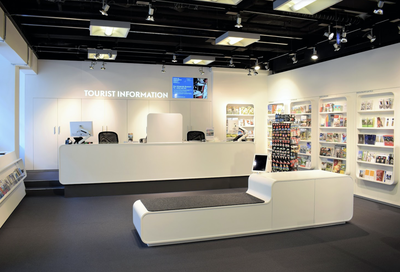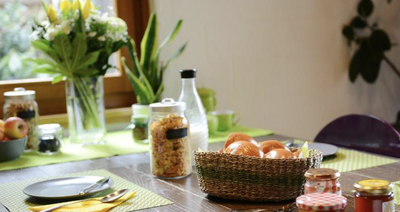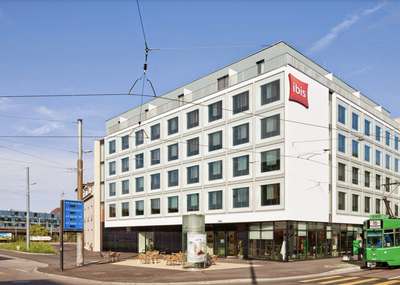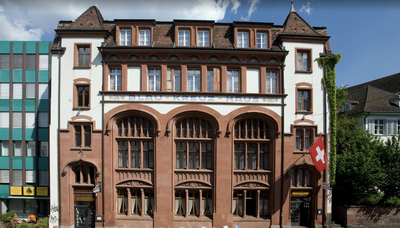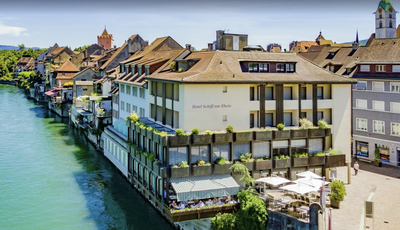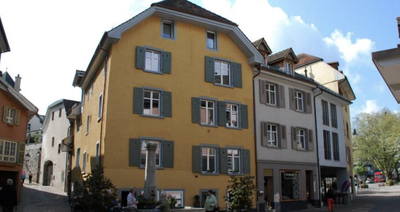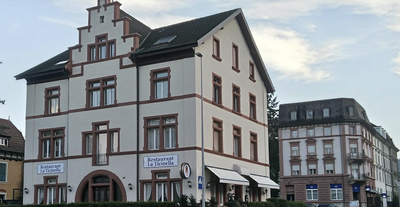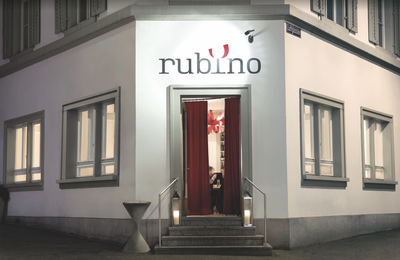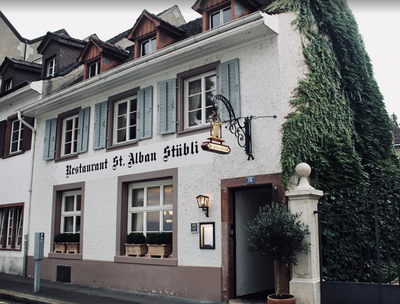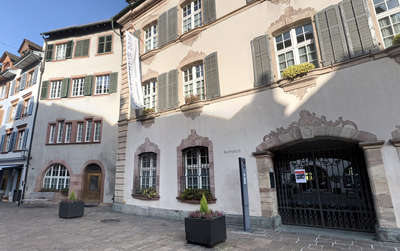
1. Basel to Rheinfelden
5 points of interest

St. Alban Tor HistoricalSt Alban Tower in Basel
The tower and the neighbouring ramparts are remains of the medieval fortifications of the town built from 1080 onwards.

Augusta Raurica HistoricalMuseum and archaeological site Augusta Raurica
In 43 BC, the governor of Gaul, Lucius Munatius Plancus founded the Roman colony of Augusta Raurica. The archaeological site and its museum provide information on the Roman origins of this town near Basel, the oldest Roman town on the Rhine in its upper reaches.
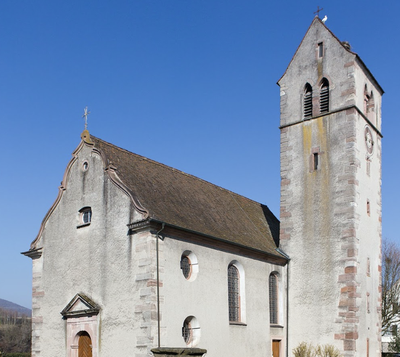
Galluskirche CulturalSaint Gall's Church
The Catholic parish church of St. Gallen consists of a Gothic rectangular choir with a single nave and the rest of the elements in Baroque style. The late Gothic frescoes with scenes from the life of the Virgin Mary and St. Gall, updated in 1960-61, date back to 1460 and are attributed to the school of Konrad Witz. The church has replaced an early Christian sanctuary with an apse. The bases for a baptistery of the 4th or 5th century were cleared in 1964-65.

Obertorturm HistoricalObertorturm
The fortifications of the town were built from the 12th century under the rule of the Zähringer family. During the Thirty Years' War they were extended by bastions and in 1692 by an artillery fortress. French troops blew up the extensions and part of the original fortifications in 1744 during the War of the Austrian Succession. During the 19th century other parts of the city wall and several towers were demolished; today the old town retains half of its ramparts.

Rathaus HistoricalTown Hall
The town hall consists of four wings, dating from the 14th century, grouped around an inner courtyard. Large parts were destroyed by fire in 1531 and rebuilt in the 17th/18th century, so that today the Baroque style predominates. The dominant feature that attracts attention is a seven-storey tower on Marktgasse.
Description
The tour begins in the historic heart of the city, at the Gothic cathedral built in the 12th century. Then join the platforms and follow the signs for Via Rhenana N°60 (light green on yellow sign), pass under a first bridge (Wettsteinbrücke):
- Behind a small building, it is possible to continue on the shore or climb the stairs (second after the bridge) to visit the St Alban tower (recommended). Then cross the St Alban Rheinweg and take a diagonal pedestrian crossing that joins the St Alban church. Go along the church on the right and go up the St Alban Kirchrain to reach the tower and the St Alban park. From the park, reach the quay by crossing St AlbanTalstrasse and then the St Alban stream and along the ramparts.
- Back on the Rhine, after the next bridge (Schwarzwaldbrücke), cross a small park to reach a footbridge over the Birse River and return to the Rhine to a lock. At the end of the lock, continue along the Rhine in the port of Birsfelden with its many river activities. The port ends for a while with a park along the railway line.
- The port installations resume in a Rhine loop: continue the track on the bank until the entrance to Augst marked by a lock and then a footbridge on the Ergolz river. In Kaiseraugst, it is possible to continue on the banks of the Rhine or to make a recommended detour to visit the Roman baths and the old church of St. Gallen.
- To do this, take the path on the right after a sports field and an alleyway, reach Dorfstrasse via a car park and turn left at the second street (Kirchstrasse) which leads to the church of St. Gallen and back to the Rhine. After the city, continue on the track along the Rhine which passes under a bridge and crosses a little greenery before returning to a town, Rheinfelden, the finish point of the stage.
- Before the pool, the track turns right along Baslerstrasse and enters the city centre via Habich Dietschy Strasse (slightly inclined on the left). At the bridge, turn right onto Tempelgasse to reach the church square.
- Departure : Basel Cathedral, Münsterplatz 9, 4051 Basel
- Arrival : Church of St Martin, Kircheplatz, 4310 Rheinfelden
- Towns crossed : Basel-Stadt, Basel-Landschaft, Baden-Württemberg, and Aargau
Altimetric profile
Report a problem or an error
If you have found an error on this page or if you have noticed any problems during your hike, please report them to us here:
Close by13
- Information


